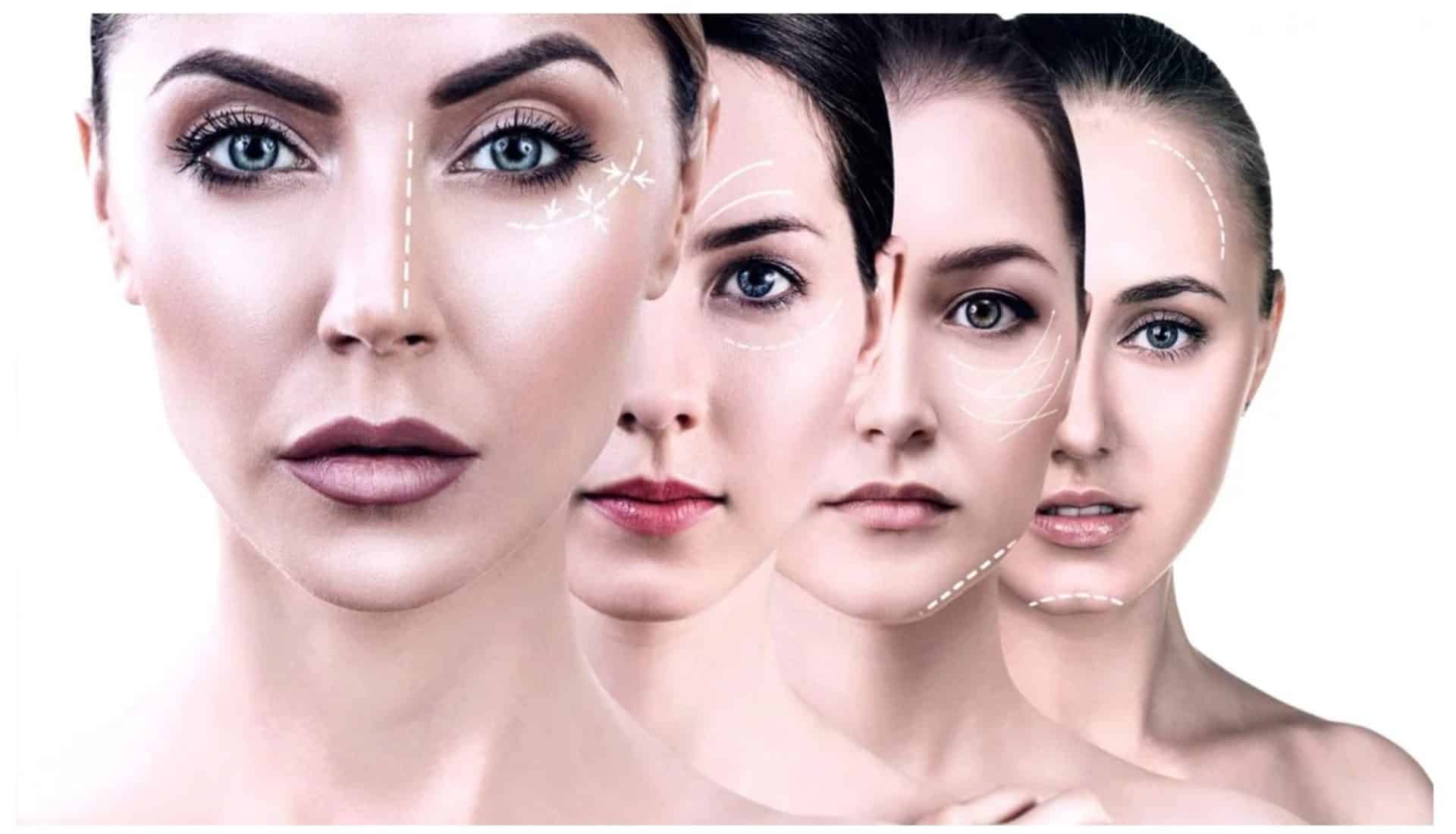
DIVE IN TO DERMAL FILLERS!
An overview to restylane vs juvederm is what this article is all about. Ready to dive in?
The key ingredient in both Juvéderm and Restylane is hyaluronic acid (HA), a substance present in living cells that helps you attract and retain moisture. This helps the skin retain moisture and diminishes the appearance of fine lines and wrinkles.
As HA is a naturally occurring material, both Juvéderm and Restylane carry a low risk of side effects and problems. The application of dermal fillers is a straightforward process that often takes less than 30 minutes. After treatment, you can immediately resume normal activities.
What’s the distinction between Restylane and Juvederm?
Texture is the primary distinction between Juvéderm and Restylane. Restylane is grainier than Juvéderm, which is smoother.
Due to this, Juvéderm is frequently used to treat finer lines and wrinkles in tighter facial areas, such as the smile lines. Restylane, which remains in place better after injection, may be more effective at adding volume to sagging facial areas. Restylane is also significantly more malleable, thus it is frequently used for facial contouring and may be more effective for those desiring highly individualized outcomes.
Regarding Juvéderm versus Restylane, however, there are no absolute guidelines. Your practitioner may prescribe one over the other depending on your aesthetic goals and face features.
DISADVANTAGES OF DERMAL FILLERS
The dermal filler disadvantage are as follows:
The initial item on the list is the cost of dermal fillers. Although they perform an excellent job of making us look younger and more appealing, their cost might be prohibitive for some people. When the balance is paid within a promotional term, typically 6, 12, or 18 months, zero-interest financing alternatives are often available for cosmetic treatments.
Containing adverse effects like bruising, bleeding, and edema
Most dermal fillers are composed of naturally occurring substances. They are completely biocompatible and have no known detrimental long-term effects. However, dermal fillers can cause bleeding, bruising, and edema at injection sites in the short term. Dr. Saigal may prescribe many preventatives and treatments, such as discontinuing certain drugs and indirectly putting ice packs to the treatment region, to mitigate these side effects of fillers. The majority of patients find these side effects to be tolerable, transient, and self-resolving.
False: Dermal fillers are not long-lasting
Most dermal fillers have a lifespan of between 6 and 18 months, with an outstanding average of 12 months. That is a long time to enjoy complexion and appearance changes, but they are not permanent. This is reasonable to the majority of patients, as few other aspects of life, including nutrition, physique, and beauty, are permanent and require continual attention.
Con: Uncommon, but conceivable; additional considerations.
The final downsides of dermal fillers are obviously noteworthy, but they are exceedingly uncommon. Some patients may metabolize fillers considerably more rapidly than others. Others may encounter infrequent adverse effects such as rashes, the formation of lumps beneath the skin, or the injection of filler into a blood vessel. Again, they are relatively uncommon when dermal fillers are administered by a competent and experienced injector.

HERE ARE THE DERMAL FILLER BENEFITS
By smoothing out creases and wrinkles and plumping up the lips and cheeks, dermal fillers can help you look younger and more appealing according to your personal standards of beauty.
Pro: Dermal fillers are impermanent
The fact that dermal fillers are not permanent is both a pro and a con. If you are unhappy with your results or wish to change your appearance in the future, dermal fillers can be reversed with a simple injection. Their transience also allows you to fine-tune your outcomes to perfection.
Pro: Pain in minimal
Dermal fillers are injected into the dermis using needles of surgical quality. Before applying dermal fillers, a topical anesthetic can be used to alleviate discomfort and reduce the level of pain. Numerous dermal fillers contain an anesthetic.
Dermal fillers can aid in the restoration of healthy collagen,
If you are asking are fillers beneficial, as stated in the introduction, our body’s natural supplies of hyaluronic acid (as well as its ability to replenish them) dwindle with age. Dermal fillers can stimulate the production of additional healthy collagen, resulting in a more young and healthy appearance of the skin.
Little to no downtime is required for recovery
Dermal fillers are a non-invasive and non-surgical procedure. They require no recovery time, so you can return to work and social activities practically immediately, unlike other cosmetic operations.
The adverse effects are minor
For the vast majority of patients, the only negative effects of dermal fillers are localized bruising, possibly bleeding, and moderate swelling.
Dermal fillers can make us look younger and more attractive.
Injections of dermal fillers can make the face appear many years younger. They can plump up thinning lips, improve and fill in shallow or worn parts of the face, diminish or eliminate under-eye wrinkles, and reduce the appearance of static wrinkles.
Dermal fillers can increase our self-confidence.
Although dermal fillers are a physical surgery, many patients prefer to get them because their exterior appearance matches how they feel on the inside; they feel more confident, empowered, and content in their skin.
SKIN DERMAL FILLER TREATMENT IN NEXUS CLINIC
DERMAL FILLERS ARE IDEAL FOR THOSE SEEKING TO SUBTLY IMPROVE THEIR APPEARANCE BY FILLING IN THE VACUOUS AREAS OF THE FACE TO ACHIEVE A YOUNGER APPEARANCE. HARD AND SOFT FILLERS ARE AVAILABLE TO TREAT DIFFERENT FACIAL CONDITIONS AND AREAS FOR NATURAL RESULTS. Consult Nexus Clinic Now!







